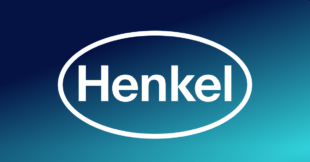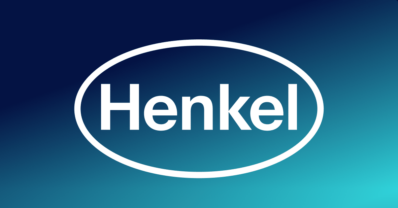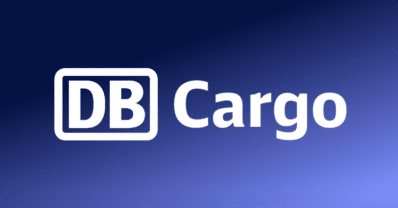The Customer
E.ON is a major European energy company with operations across multiple countries. This case study focuses on E.ON’s Nordic division, particularly its operations in Sweden, which serves over 1 million customers. The Nordic branch manages vast amounts of data from various sources, including customer information, energy consumption metrics, and grid infrastructure data for the region.
The Challenge
E.ON’s traditional data infrastructure was becoming a significant bottleneck in their operations. Mattias, Head of Department for Data, Engineering, and Platforms at E.ON, explained: “Our data infrastructure was becoming a bottleneck. We needed a solution to handle our growing data volumes, provide faster insights, and enable self-service for our business users.”
The company faced several critical challenges. Complex queries were taking up to a week to complete, severely limiting their ability to gain timely insights. Ad-hoc analysis capabilities were constrained by rigid pre-built Spark jobs, hampering flexibility in data exploration. Data freshness was a major concern, with updates most often occurring only once per day, preventing near realtime analysis. Additionally, accessing operational systems was difficult due to sensitive data concerns, creating a significant barrier to comprehensive data analysis.
Further complicating matters was a divide between IT and business units, which created data access bottlenecks and hindered collaboration. Lastly, inefficient data transformation processes were slowing down the entire data pipeline, making it challenging to prepare data for analysis in a timely manner.
The Solution
To address these challenges, E.ON chose Dremio’s Unified Lakehouse Platform for its performance, pricing, and comprehensive capabilities. The implementation was multifaceted, designed to overhaul their entire data infrastructure.
E.ON replaced their existing Cassandra and Oracle database system with a Dremio-powered data lake, providing a more flexible and scalable foundation for their data. They installed Dremio on their Kubernetes cluster in Azure, leveraging cloud-native technologies for improved scalability and management. Azure Data Lake Storage (ADLS) was utilized for object storage, offering a cost-effective and scalable solution for their vast data volumes.
A key aspect of the solution was the integration of Dremio with dbt for streamlined data transformations. This combination allowed E.ON to create a robust, versioncontrolled data transformation pipeline. As Mattias noted, “Combining Dremio’s powerful query engine with dbt’s transformation capabilities allowed us to create a robust, version-controlled data transformation pipeline, which has been crucial in our journey towards a more efficient data infrastructure.”
The implementation also made use of several key Dremio features. Dremio Reflections were employed for query acceleration, significantly reducing query times. Iceberg tables were used for efficient data storage and management, while Dremio Views provided powerful data virtualization capabilities. A SQL interface was made available for business users, democratizing data access across the organization. The semantic layer facilitated the creation and management of data products, improving data governance and consistency.
Results
The implementation of Dremio’s Unified Lakehouse Platform led to transformative results for E.ON. They experienced up to a 95% reduction in time-to-insight, with complex queries now completing in approximately 10 minutes, down from several days. This dramatic improvement in query performance enabled faster decision-making and more agile business operations.
Data freshness saw a significant boost, with updates now occurring up to every 15 minutes instead of once a day, depending on the change data capture tool. This near realtime data availability opened up new possibilities for timely analysis and rapid response to changing conditions.
The integration of dbt with Dremio resulted in more efficient, version-controlled, and modular data transformations. This improvement in the data transformation process not only saved time but also enhanced the reliability and traceability of their data pipelines.
Operational efficiency increased substantially, with data scientists now able to focus more on machine learning and advanced analytics instead of data preparation. The selfservice analytics capabilities enabled by Dremio allowed business users to explore and analyze data independently, reducing the workload on the central IT team and fostering a more data-driven culture throughout the organization.
Data governance also saw significant improvements. The implementation of data products, enhanced data quality and consistency across the organization.
Perhaps most significantly, Dremio enabled E.ON to perform analyses that were previously impossible. For instance, they can now calculate the amount of energy produced by solar panels in a specific municipality, a task that was unachievable with their previous infrastructure.
Tom, Data Architect at E.ON Nordic, highlighted the impact on their analytics capabilities: “The types of use cases that were really hard to implement before are now possible with ad hoc queries. For example, getting the number of PV panels per municipality used to be a challenge. Now, we can take one of our largest datasets and run aggregated queries off it – like min, max, or aggregations on user IDs – on the fly. Dremio has dramatically improved our ability to work with, and gain insights from, our data.”






